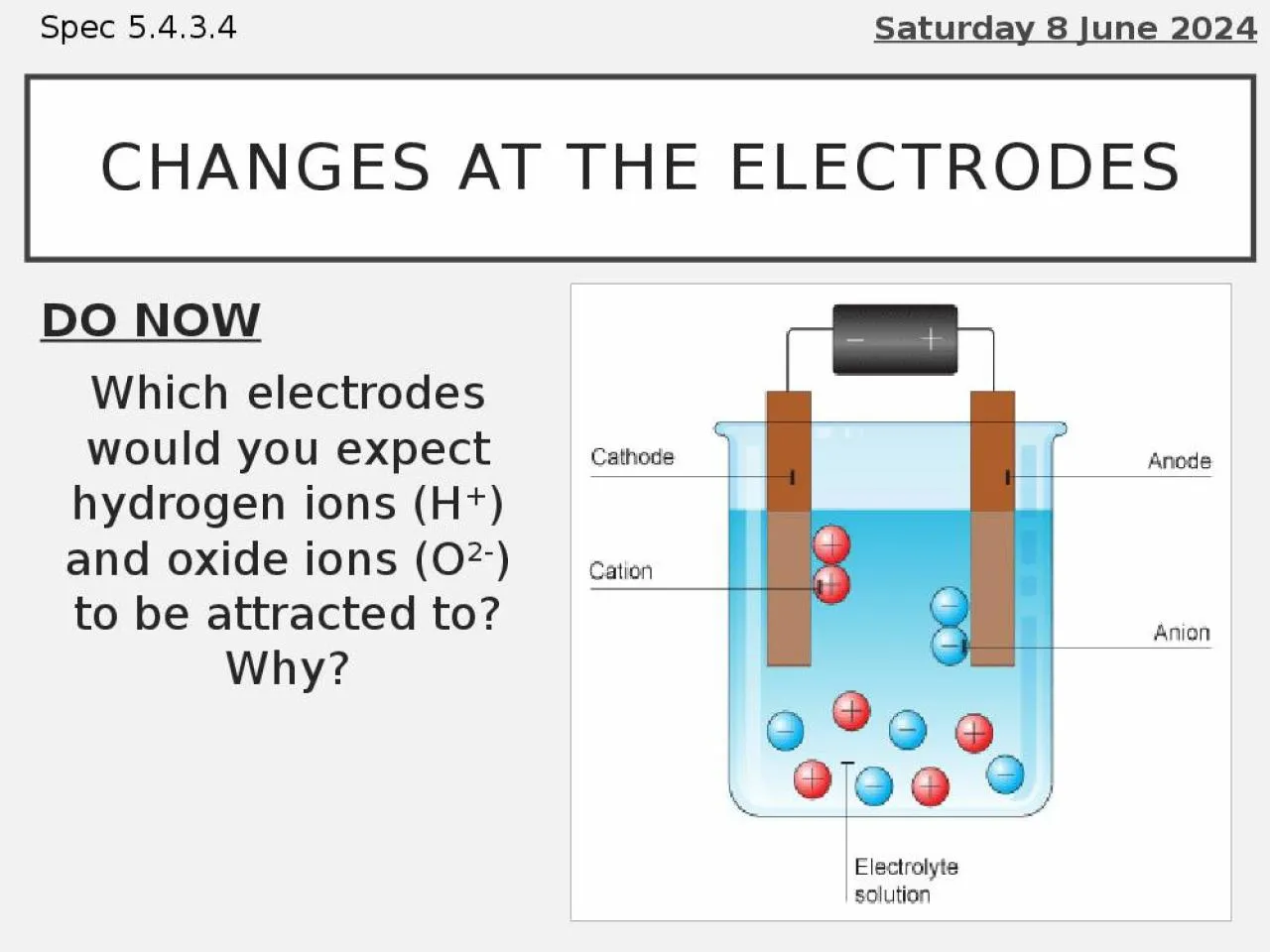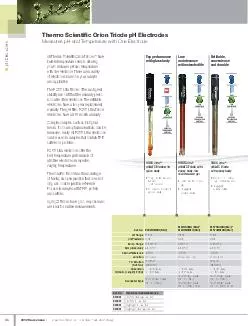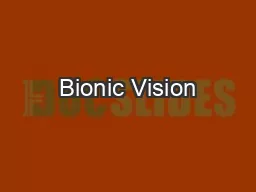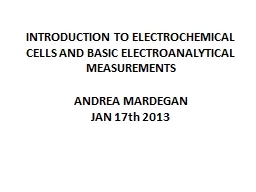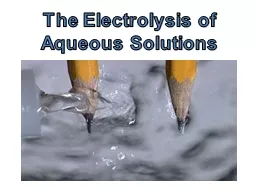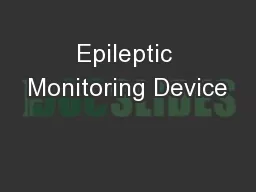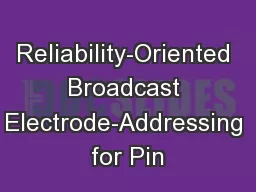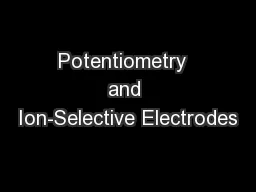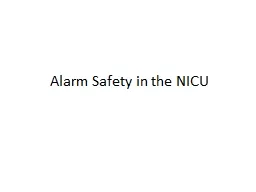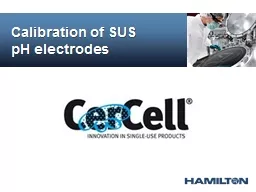PPT-Changes at the electrodes
Author : kimberly | Published Date : 2022-05-14
Thursday 10 September 2020 DO NOW Which electrodes would you expect hydrogen ions H and oxide ions O 2 to be attracted to Why Spec 5434 Changes at the electrodes
Presentation Embed Code
Download Presentation
Download Presentation The PPT/PDF document "Changes at the electrodes" is the property of its rightful owner. Permission is granted to download and print the materials on this website for personal, non-commercial use only, and to display it on your personal computer provided you do not modify the materials and that you retain all copyright notices contained in the materials. By downloading content from our website, you accept the terms of this agreement.
Changes at the electrodes: Transcript
Download Rules Of Document
"Changes at the electrodes"The content belongs to its owner. You may download and print it for personal use, without modification, and keep all copyright notices. By downloading, you agree to these terms.
Related Documents

